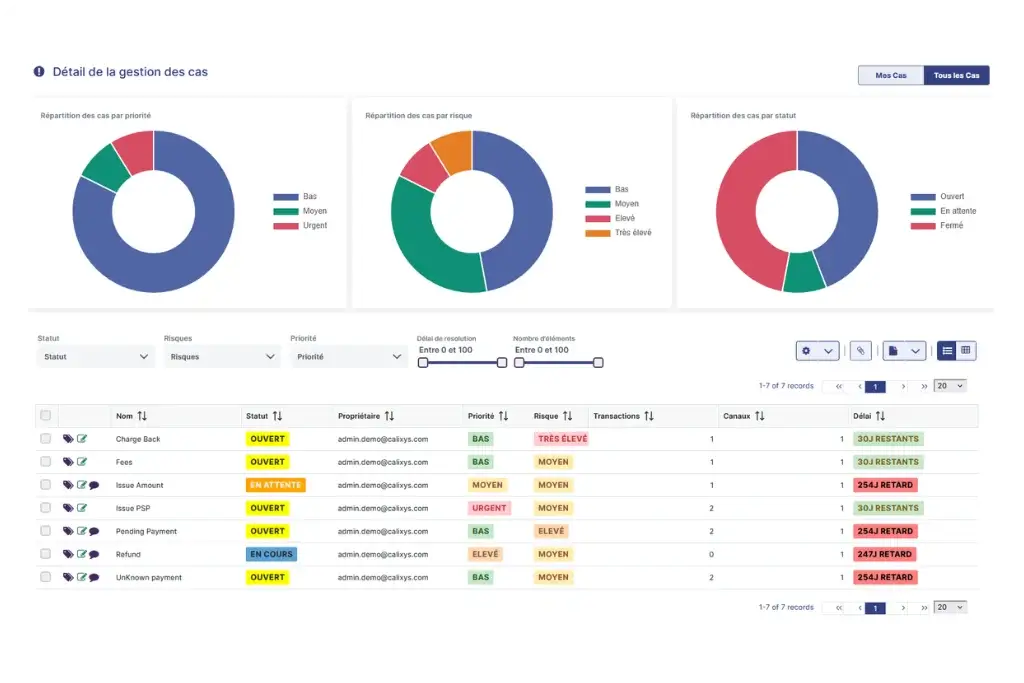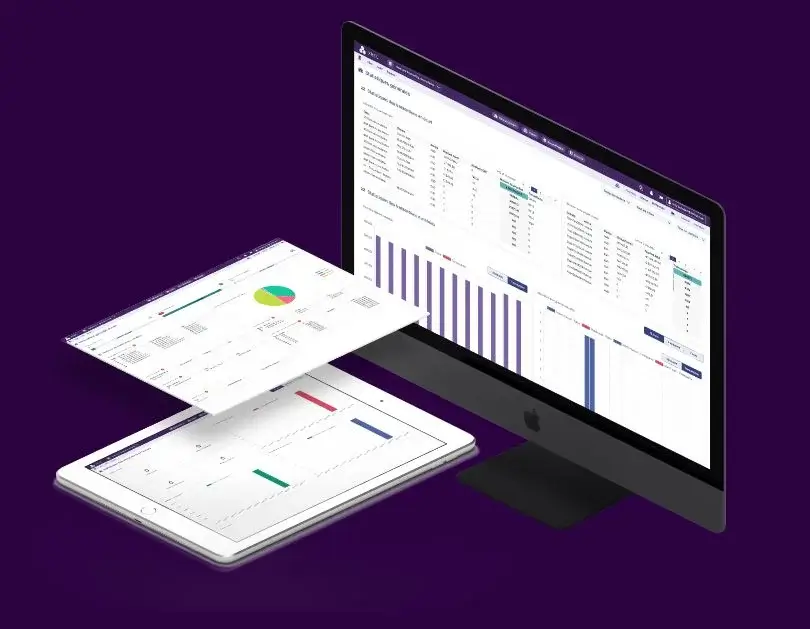5 questions to ask yourself when investing in a reconciliation solution

Publié
Le 11/04/2020, par :
- Olivier Van De Flaes
Sections
So where do you start?
Once you have identified the need to automate and industrialise the processing of your reconciliations, you need to ask yourself a few important questions before launching work or deciding to invest in a dedicated solution.
This will help you avoid going down costly, insecure and time-consuming paths too quickly, such as in-house developments, the use of unsuitable solutions, or the systematic use of Excel or any other spreadsheet.
Here’s a list of five questions to ask yourself that will guide you when investing in a reconciliation solution.
What data do I need to reconcile? How is the data structured ?
First and foremost, you need to ensure that you can create matching rules for your data. Analyzing data flows and how they work is an important stage, specifically in source systems:
- Are the flows aggregated on one side and on a line on the other. Rules (1-1, 1-n, N-n)?
- Is there enough information to create rules, or can we get it if it’s missing in the data fields?
- Are there any special cases (management of cancellations, duplicates, etc.)?
- Is dates or amounts tolerance on matching needed?
- Are transcoding tables needed to standardise the data?
- Should the data source be enriched to obtain more information for the gap analysis?
A proper analysis of the data you need to reconcile is essential and will help you to choose the most appropriate solutions, i.e. those with the fewest compromises. For example, does the solution you choose have the flexibility you need in terms of matching criteria, and does it include features for enriching and mapping data flows ?
What is the nature of my reconciliation? What is its cycle ? What business process has been defined ?
There are two types of reconciliations:
Continuous
The flows to be reconciled are integrated at the start of each reconciliation cycle, retaining flows from previous cycles. For example: bank reconciliation, accounting reconciliation, cash transactions matching, etc.
In stock
This involves reconciling two or more sources at a given time without trying to keep the data once the check has been carried out, but this check often must be repeated over the week or month. Example: reconciliation of portfolio positions, inventories, etc.
This difference is very important, because it has a major impact on the ability to analyse and monitor discrepancies, as well as on automation mechanisms. In a ‘continuous’ reconciliation, your discrepancies are ‘persistent’, so it’s easy to track their ‘matching’ over the long term. In a ‘stock’ reconciliation, the discrepancies will often be ‘redundant’ at each cycle, because the data from the previous cycle has been deleted.
The cycle of a reconciliation determines its frequency. If the frequency is short, you will inevitably have to turn to automation to avoid being overwhelmed by repetitive tasks. With an automated processing solution, you can shorten your cycle and reduce your risks by carrying out more regular checks.
The business process consists of defining who will do what and how discrepancies and justifications that cannot be automated will be handled. What exchanges will take place between departments? A solution that provides a clear breakdown of data, well-defined application roles, workflows for monitoring discrepancies, certifications, manual input or matching functions, export facilities and key indicators will be highly valued. You should also bear in mind the solution’s ability to facilitate the exchange and transfer of supporting documents, especially those that may be directly associated with the operations concerned.
What level of security is required ? Is long-term preservation of flows a criterion ?
The security of your controls is paramount, because it is precisely a question of ‘controlling’ your financial transactions and your accounts in order to produce representative financial statements. It is therefore clear that reconciling your accounts in Excel or other spreadsheets is not recommended, even if it sometimes seems faster and economical. In the long run, it’s a really bad idea.
The minimum security and compliance requirements of a reconciliation solution already include being able to obtain full traceability of integrated flows and an audit of ALL actions carried out on the solution. It also means being able to define precise roles for each user who can intervene in discrepancy operations. A compliant solution will facilitate the work of controllers and auditors, and greatly increase the confidence you have in the results provided.
Finally, it also means being able to keep your data reconciled over the long term in a solution to facilitate research work in the event of an audit. A solution with an automatic archiving database is a significant advantage and will save you a lot of in-house development work if you want to back up your data yourself.
What level of automation is required ? What is the desired capacity for interfacing with your IT ?
The aim is to speed up and facilitate reconciliation operations. It is essential to be able to automate as many of the technical tasks involved in reconciliation as possible, as these tasks are repetitive and have little added value (not to mention they considerably increase the chances of errors). Solutions with an internal scheduler for sequencing tasks should be preferred.
What’s more, a reconciliation system needs to be able to blend in quickly with your IT and adapt to your various internal management applications or your accounts without complex developments, particularly when it comes to interfacing with input and output files. Opt for a solution with a worthy import module that
allows you to interface with all types of source files and offers data mapping and translation tables.
Are there other cases of reconciliation to be considered in the future? Would you like to centralise (all) your reconciliations?
This is an essential question, because very few solutions on the market offer a level of flexibility that enables them to address a wide range of business areas, and that is precisely the problem. Most reconciliation modules merely meet a specific need.
Anyone who is familiar with reconciliation processes will know that control processing is cross-functional and involves many departments within a company.
It is therefore important to check the solution’s ability to handle other types of reconciliation without having to buy a new module each time.
You should avoid rigid solutions that impose operating methods that are not your own. Opting to centralise reconciliations within a single, dedicated solution will give you a head start and save you a lot of work in the future, because we all know how time-consuming these processes can quickly become.



